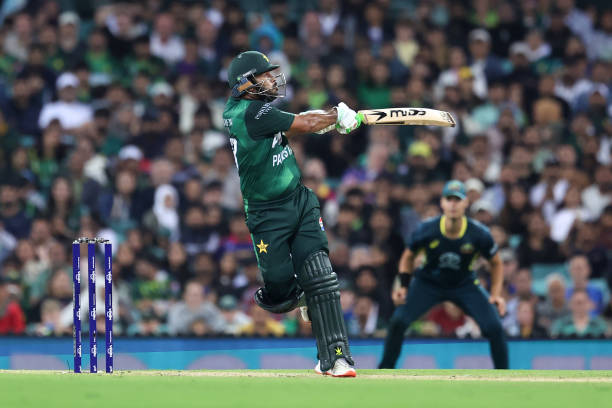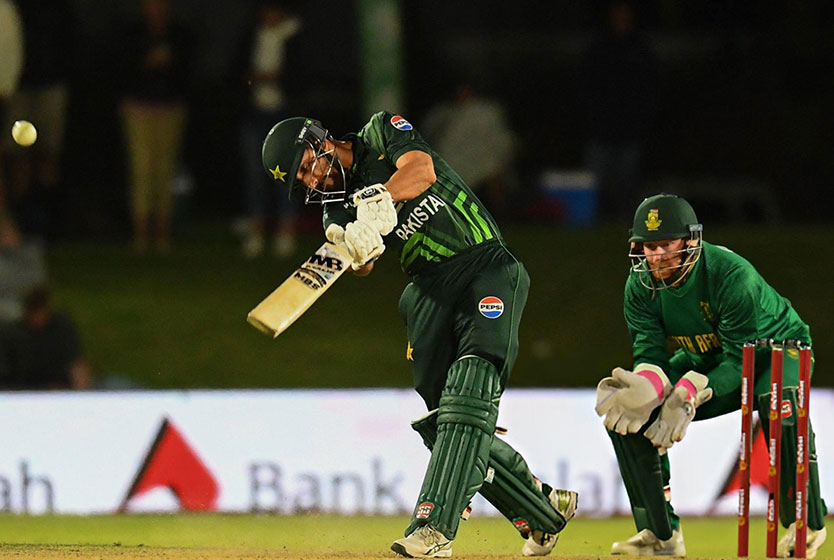
Pakistan’s T20 Woes
This year has been particularly grim for Pakistan in T20 cricket. Earlier, they suffered a humiliating exit from the T20 World Cup, losing to both India and, in a shocking upset, the USA. Pakistan’s recent drubbing at the hands of Australia in a T20I series, capped off by a humiliating whitewash, has reignited concerns about their ability to compete in the modern era of T20 cricket.
These setbacks were not one-off failures but symptoms of long-standing issues that have hindered Pakistan’s progress in T20 cricket. The team’s inability to adapt to the fast-evolving demands of the format have left fans and experts questioning whether Pakistan is falling irreversibly behind.
Over the years, T20 cricket has evolved into a power-packed, high-scoring spectacle that rewards aggressive intent and high paced scoring.
Pakistan’s ODI series win in Australia was a testament to their ability to adapt to challenging conditions, backed by disciplined batting and clinical bowling. However, the subsequent T20 series exposed glaring weaknesses.
A glaring weakness in Pakistan’s T20 setup is the lack of power-hitters capable of taking the game away from opponents. Their batting line-up, led by technically sound players like Babar Azam and Mohammad Rizwan, is often criticised for being too conservative at the top.
While Babar Azam and Mohammad Rizwan remain world-class players, their strike rates often fail to match the demands of T20 cricket. The middle and lower order, meanwhile, lacks finishers who can accelerate at the death, a hallmark of successful T20 teams like England and Australia.
One of the key differences between Pakistan and Australia in the T20 series was the presence of a world-class spinner. Adam Zampa, Australia’s go-to T20 spinner, was instrumental in Pakistan’s downfall. His 2-11 in the third T20 exemplified the role of a quality spinner in controlling the middle overs and building pressure.
Pakistan’s fielding, remains an Achilles’ heel. In the second T20I, 7 catches were dropped by Pakistani fielders. Dropped catches and lapses in concentration were recurring themes in the Australia series, as they have been throughout the year. In a format where small margins make a big difference, these lapses often prove decisive.
The struggles were evident throughout the series against Australia. In the first T20, shortened to a 7 overs per side due to rain, Glenn Maxwell stole the show with a fierce 43 off 19 balls, showcasing the aggressive intent Pakistan’s batters failed to replicate.
In the second T20, chasing a modest 148, Pakistan crumbled against Spencer Johnson, who ripped through the batting order with a devastating 5-wicket haul.
Pakistan’s T20 cricket is in dire need of a reset. Without significant changes in approach, Pakistan risks falling further behind in the format.







Leave a Reply